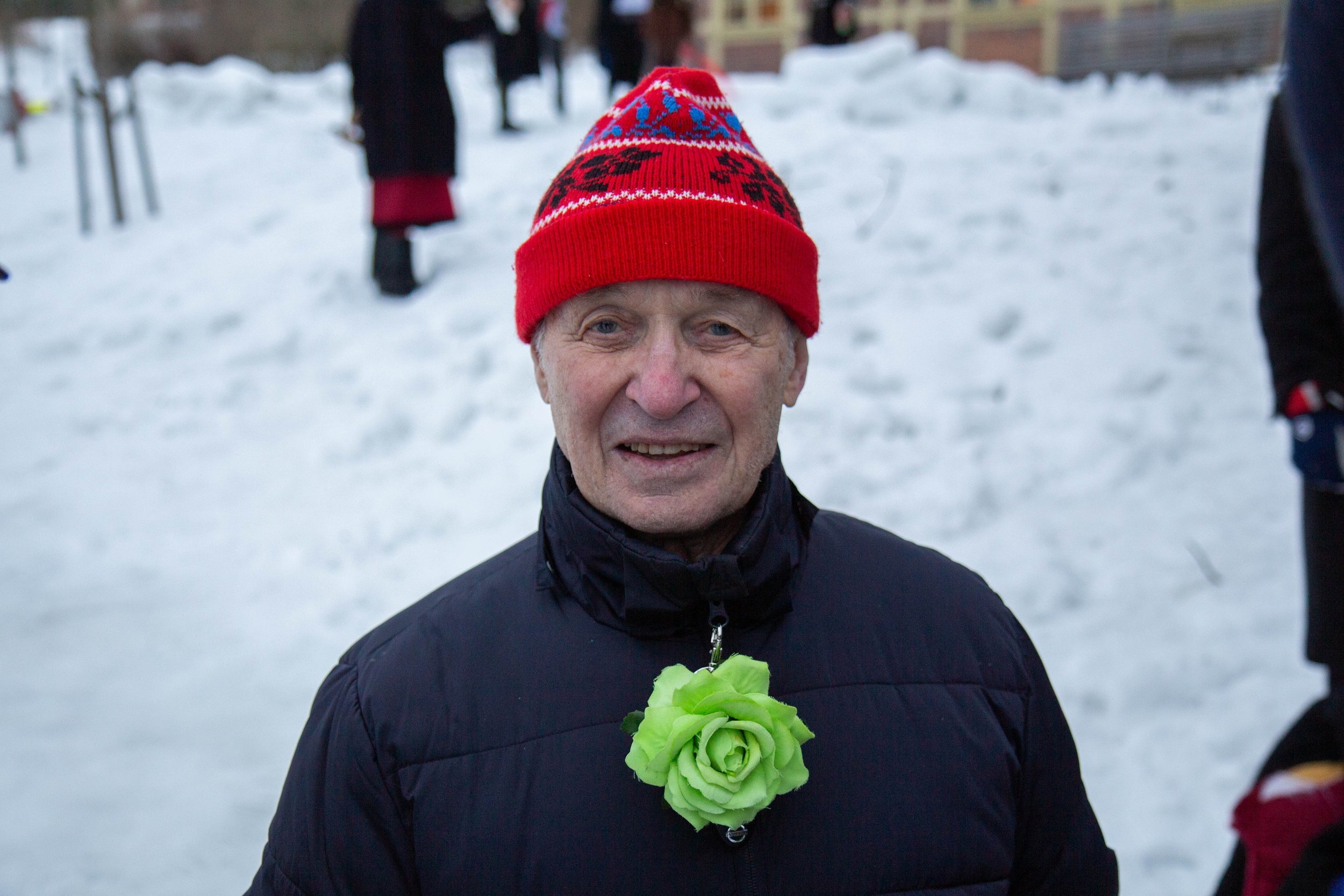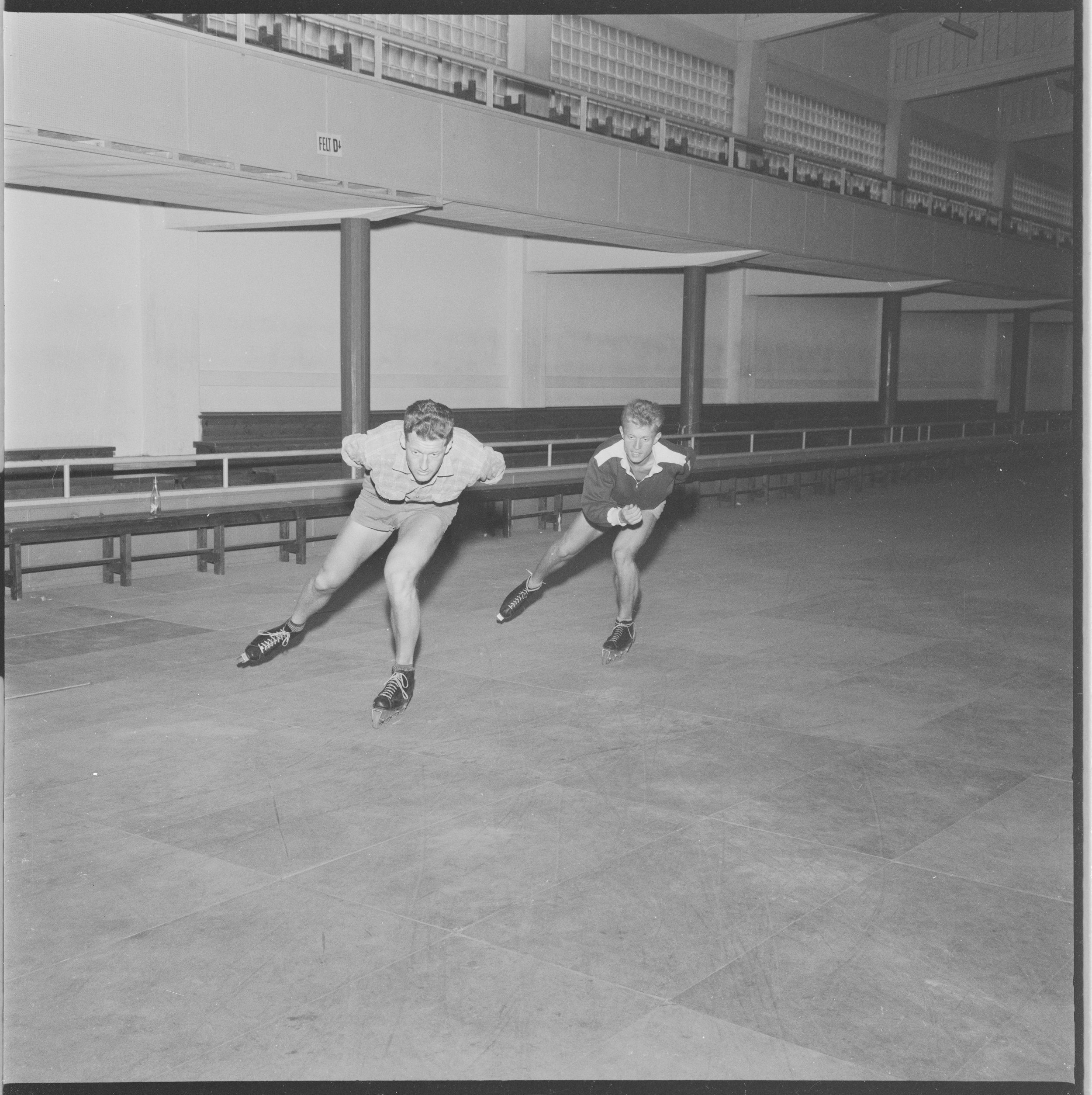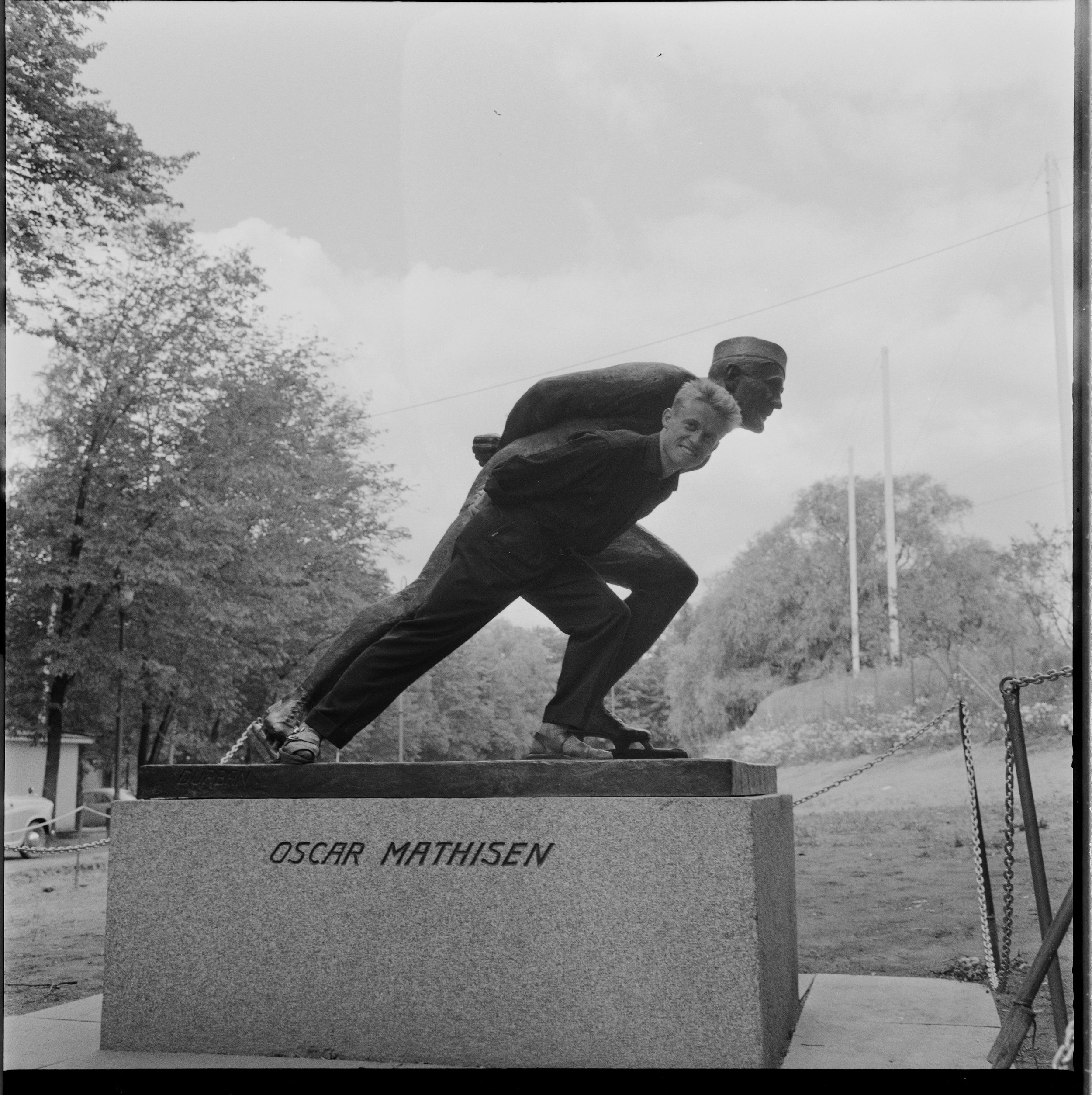A TALK WITH KURT STILLE

EN SAMTALE MED KURT STILLE
The 44th edition of Kurt Stille’s memorial race is over, and people have evacuated Svanedammen in favour of karskrennj and preparations for afterski at Samfunnet. I am sitting in the passenger seat of the main character’s car. He deemed this an appropriate place for conducting an interview and I could agree with that.
TEXT: AKSEL NJAA
TRANSLATION: NATALIE NAZARENO
For those of you who are not entirely up to date, Kurt is best known to most people as a former Danish speed skater. He made history in 1964 by taking 9th place in the 10 000 meters during the Winter Olympics in Innsbruck, something which remained Denmark’s best individual performance in the Winter Olympics up until 2018. At the Agrarian Metropole however, he is more known as the inspiration behind a (tulle) figure skating event; an annual adventure started by Sangkoret Lærken in 1974. Even though he is Danish, technically speaking, Kurt has called Norway his home since 1958 and currently resides in Fetsund. “First of all, I’m not really properly Danish”. He tells me that his father was German and politically active, something which was highly risky in Germany during the 1930’s – if you were on the “wrong” side. His father had to move and went to Denmark in 1933, where he met Kurt’s mother, and Kurt was born the year after.
PHOTO: STEPHAN SJØSTEDT, TUNTRÉET
After four years as an apprentice in Copenhagen, his adventurous spirit brought him to Finland. He made a living there for three years as a guitarist in a dance band, but eventually his eyes were opened to the sport of speed skating. He had already won Danish championships in 1954 and ’56 and competed in the Speed Skating World Championship in Östersund in ’57. Here he stood out by achieving second to last place, in front of a Spanish-Norwegian sprinter who competed for Spain. The dream of a bigger speed skating success led him to Norway; “I moved to what was then the Mecca of speedskating”, Kurt says, referring to Hamar. With an Olympic adventure in Squaw Valley in 1960 and a visit to Sonja Henie in Hollywood, which he described as a great experience, Kurt was living the dream. His speed skating career culminated with a 9th place in the 10 000 meters at the Innsbruck Olympics in 1964, “which is considered my best result”. After his international sports career, Kurt remained active, with four Norwegian Championship golds in veteran marathons, 30 Birkebeiner ski races, and 20 on bike, despite health issues such as knee calcifications, a pacemaker-operation, and several rounds of cancer treatments. “I know the trip over the mountain”, Kurt chuckles about his countless Birkebeiner races. “I am not the same boy anymore but I’m still partially held together”, he says with a gallows humour tone. On November 19th Kurt Stille turns 90 and he sees this year’s memory race as a “fantastic prologue to the celebration”.
The interview turns towards the recently held event. Kurt tells me that Sangkoret Lærken, which at the time was in their infancy, wished to draw attention to their association by creating something special. The choice fell on speed skating, which at the time was Norway’s undisputed winter favourite – bigger than cross-country skiing, alpine, and alpine skiing, and biathlon. This is partly because TV-broadcasters couldn’t follow the athletes in the latter sports, Kurt explains, so it couldn’t match the excitement speed skating provided on the screen. A Dane who had gotten mixed up in “the Norwegian national sport number one” was therefore an excellent attraction for Lærken’s new event. Kurt thinks it’s fantastic that the memorial race remains a tradition and tells me that the latter years have been the best ones, “because more and more people attend” the event. He reminisces about when Erik Diesen from NRK came to make a report about the agricultural college (the previous name for NMBU) but ended up reporting on the memorial race instead. Kurt smiles at the memory. “It was so colourful with all the costumes (…) he didn’t need to hire people to dress them up!”. He comments that “none of my old speed skating colleagues have such an event. The really big ones have a statue, but my statue is alive. It lives!” He finishes with a cheerful anecdote about when Knut “Kupper’n” Johannesen had to step in for Kurt. “He didn’t know what he was in for because he showed up in patent leather shoes, he thought it was indoors!”, Kurt laughs.
A pleasant conversation with a genuine cult hero of Danish-Norwegian sports history comes to an end as dusk creeps in, and Kurt sees the need to drive home before it gets completely dark. I thank him, step out of the car, and see the healthy, warm, and soon-to-be 90-year-old Dane drive past the SiÅs-post office and onto the road, heading towards Fetsund.
PHOTO: ASTOR NESS, TUNTRÉET





